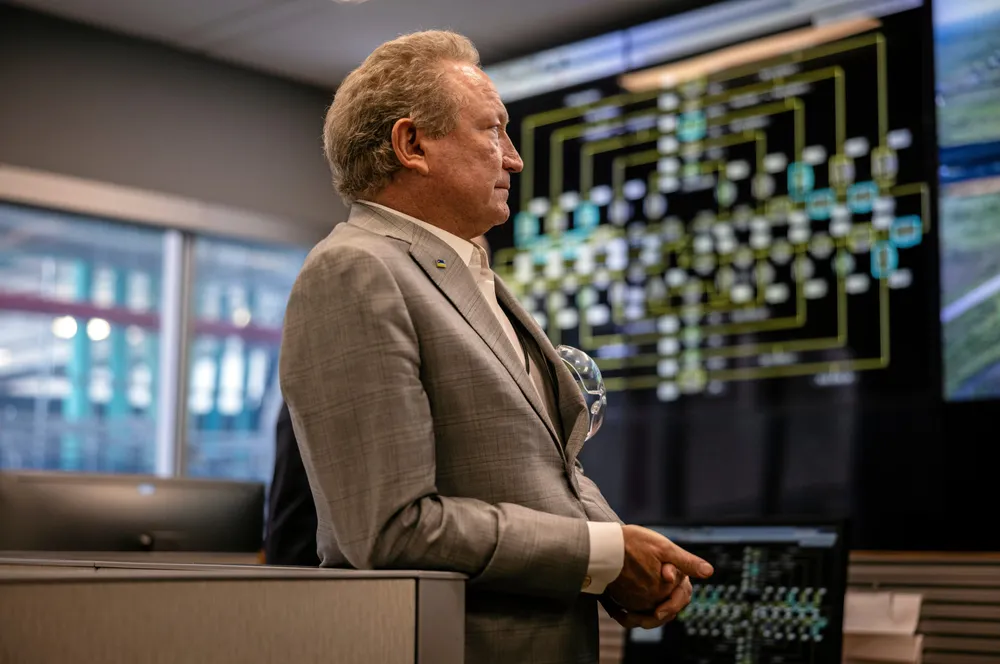Fortescue builds first prototype of its in-house hydrogen electrolyser — set for mass production at new gigafactory
Billionaire Andrew Forrest's green hydrogen venture, Fortescue Future Industries, is ‘on track’ to deliver its first electrolysers from the production line this year
